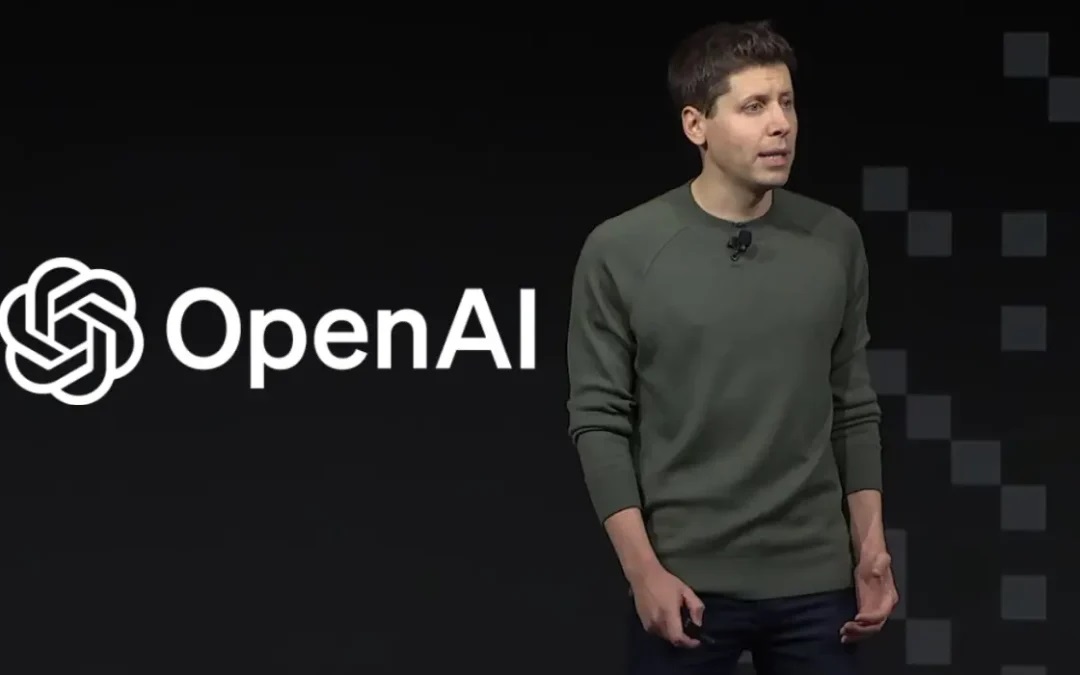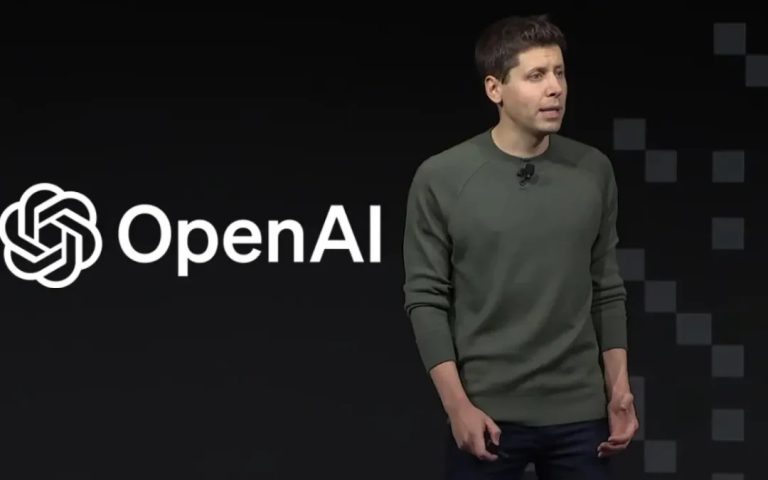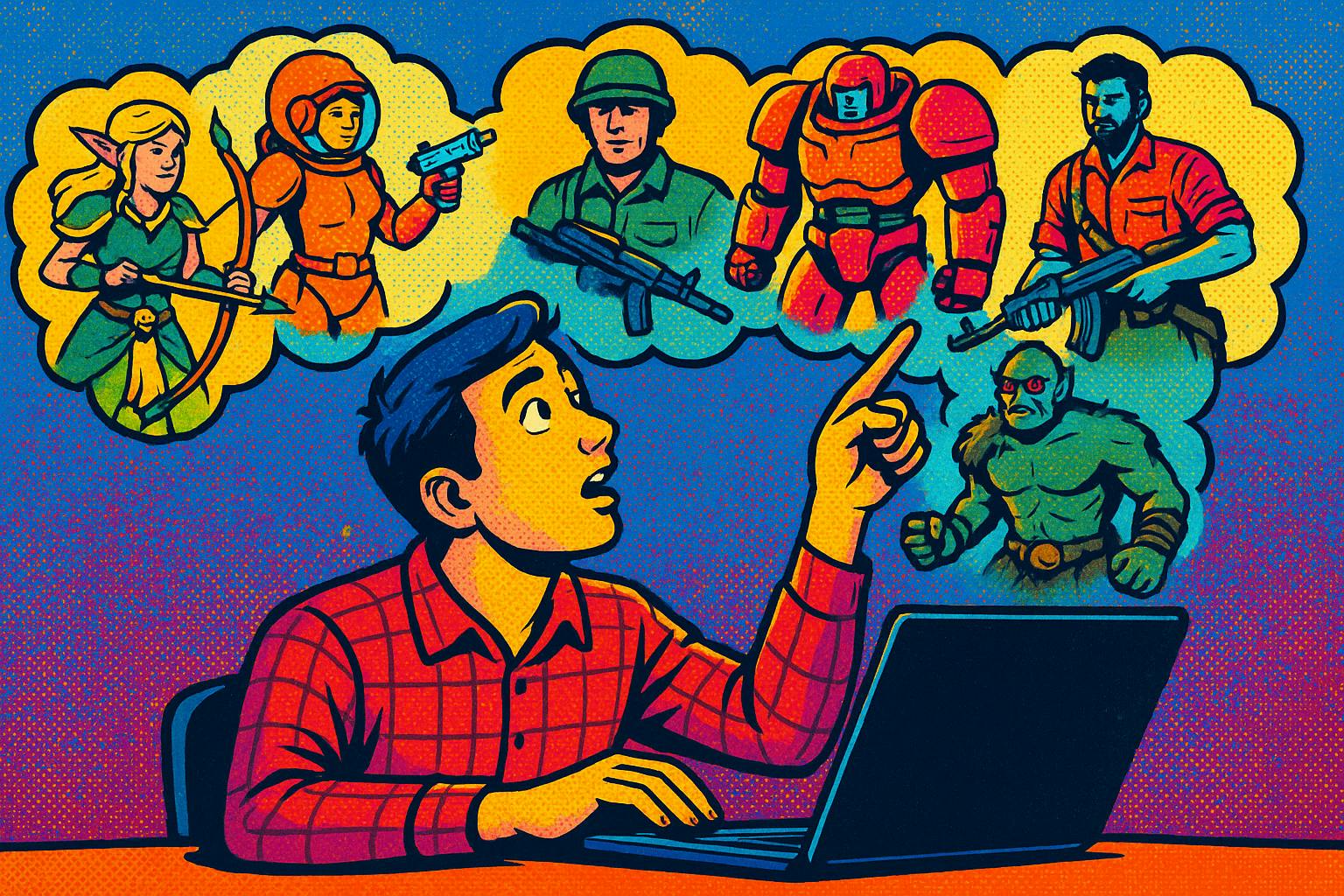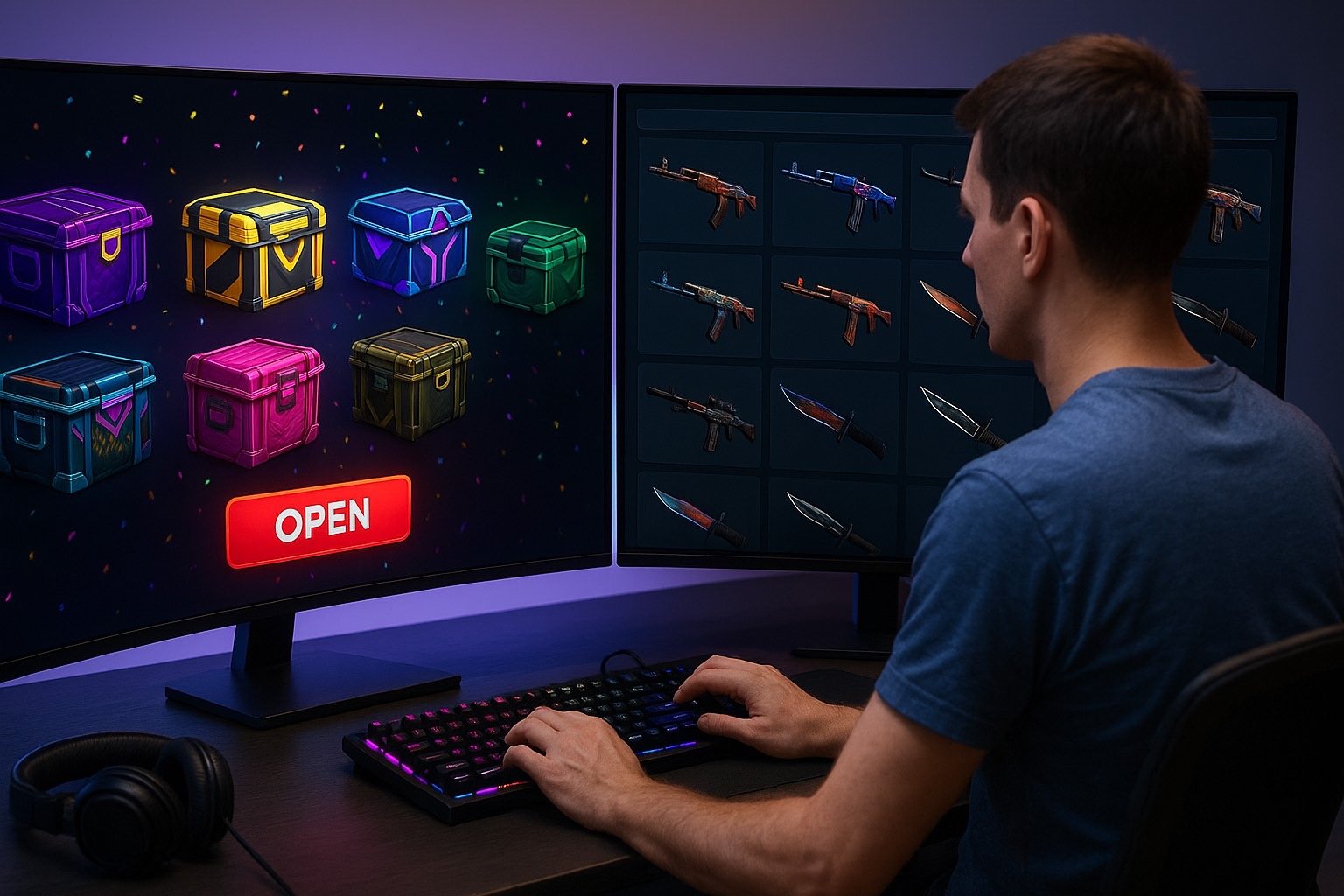OpenAI Sets Sights on Hardware Product With Luxshare Partnership, Plans AI-Native Device for 2026 Launch


Artificial Intelligence company OpenAI is making a bold move into the hardware space as it forges strategic partnerships with key players in Apple’s supply chain, signaling its intention to disrupt the consumer electronics market.
Following its $6.5 billion acquisition of io Products, the hardware startup founded by former Apple design chief Jony Ive, in May this year, OpenAI is now preparing to launch its first AI-native device by late 2026 or early 2027.
According to sources familiar with the matter, OpenAI has recently signed a manufacturing contract with Luxshare, a Chinese company best known for assembling iPhones and AirPods. Luxshare, which currently assembles iPhones, AirPods, and Apple Watches, brings large-scale production and supply chain expertise to the table.
Register for Tekedia Mini-MBA edition 18 (Sep 15 – Dec 6, 2025) today for early bird discounts. Do annual for access to Blucera.com.
Tekedia AI in Business Masterclass opens registrations.
Join Tekedia Capital Syndicate and co-invest in great global startups.
Register for Tekedia AI Lab: From Technical Design to Deployment.
The collaboration highlights OpenAI’s ambitions to produce hardware at scale, leveraging Luxshare’s expertise in mass production. The startup has also approached Goertek, another Apple supplier responsible for assembling AirPods, HomePods, and Apple Watches, to provide components such as advanced speaker modules.
Aiming to launch its first device in late 2026 or early 2027, OpenAI’s potential products include a smart speaker without a display and a wearable pin. Unlike traditional smart devices, these products will be AI-native, meaning they are built entirely around real-time AI interaction and user context awareness rather than being retrofitted onto existing smartphone platforms.
The device itself remains under tight wraps, but insiders describe it as a contextual AI companion a small, portable gadget designed to seamlessly integrate with OpenAI’s ChatGPT intelligence.

Industry analysts say this move represents one of the boldest bets by an AI company, as it attempts to carve out a new category of devices that could eventually challenge smartphones and personal computers. If successful, OpenAI’s device could eat into the markets currently dominated by Apple, Samsung, and Google, offering consumers a new way to interact with AI in their daily lives.
The implications extend beyond hardware design. Experts believe this will trigger massive innovation in chip design, energy efficiency, and manufacturing techniques, particularly in areas like advanced packaging, sensors, and thermal management. The partnership with Luxshare also signals the importance of supply chain resilience, as companies seek to balance global production with onshore capabilities.
Notably, comparable projects are already in motion elsewhere: Humane’s AI Pin, Rabbit’s pocket-sized R1, and Meta’s AI-powered Ray-Ban glasses are all chasing the same vision, frictionless, ambient computing experiences. But OpenAI’s integration of its own models, paired with manufacturing giants like Luxshare, could give it an edge in reaching the mass market.

This isn’t just a side project it’s OpenAI’s “boldest bet yet” on hardware as the next frontier for AI ubiquity. With smartphones reaching maturity, companies are racing to redefine ambient computing.
By entering the hardware space, OpenAI is not just competing with established tech giants, it is redefining what consumer electronics can be. Sam Altman’s vision appears to go beyond dominating the software and cloud sectors.
Instead, OpenAI aims to usher in a new era of AI-native devices, paving the way for tools that anticipate user needs, adapt to real-time environments, and transform the way humans interact with technology. If successful, this could disrupt the $500 billion consumer electronics market by making AI the primary interface, not an add-on.
As the AI wars spill over from software into hardware, this move marks the opening salvo of a new battlefront, one that could reshape the future of computing.





